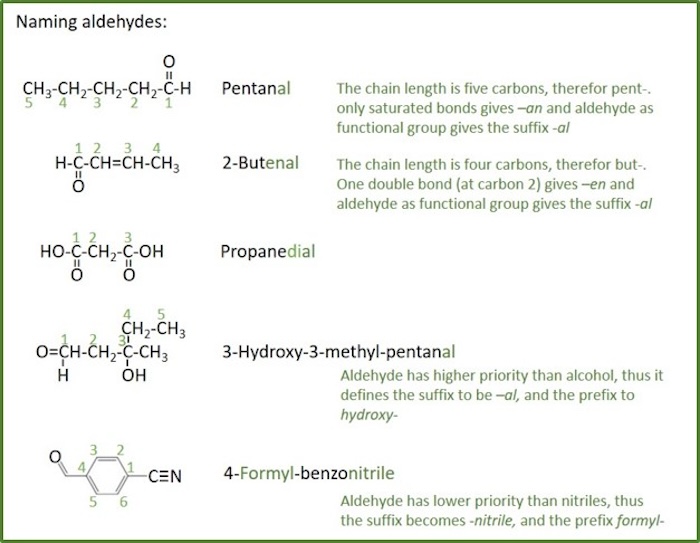

The two carbons with the double bond are sp 2–hybridized, and the geometry is trigonal planar with a 120 o angle between the atoms. This double bond changes the suffix from -ane to -ene. The R groups can be H or hydrocarbon chains (see below about the alkyls)

For every n carbon, the molecule has 2n+2 hydrogens.įor example, propane has 3 carbons, therefore it has 2 x 3 + 2 = 8 hydrogens – C 3H 8.Īlkenes are similar to alkanes with the only difference being the presence of a double bond. It will also be helpful to know the general formula of alkanes, which is C nH 2n+2. Key features: all the carbons are sp 3-hybridized, only single bonds, all the bonds are non-polar, therefore, alkanes and all the other hydrocarbons are non-polar, hydrophobic molecules. You must know the first ten alkanes and their names as they are in the basis of naming and understanding the structure of any other functional groups. They are made of carbons and hydrogens that are only connected with single ( σ ) bonds. And depending on the connectivity and bonding types, we divide them into five main categories:Īlkanes, alkenes, alkynes, cycloalkanes and aromatic compounds.Īlkanes are the first group of organic compounds. These, as the name suggests, are compounds that consist of carbon and hydrogen atoms. Let’s start from the simplest class of organic compounds – the hydrocarbons. Knowing the functional groups is a must in organic chemistry and in this post, we will go over the structure and interesting applications of the most common functional groups in organic chemistry. A functional group is an atom or a group of atoms that are responsible for the physical and chemical properties of the molecule.


 0 kommentar(er)
0 kommentar(er)
